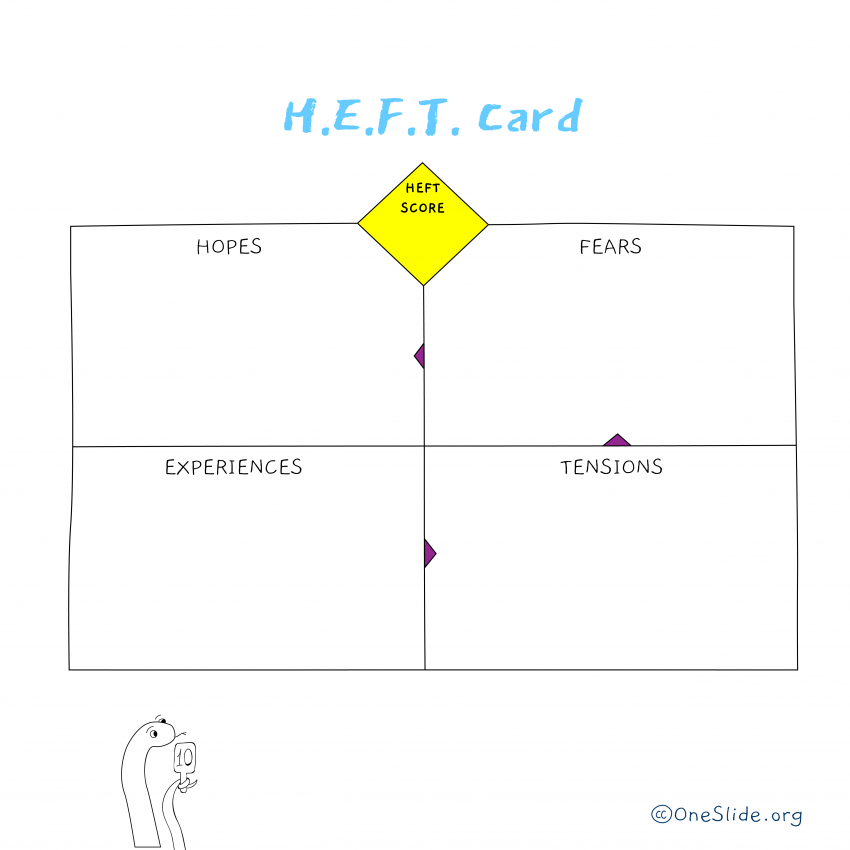Editable Google Slide (CC-BY-4.0)
In order to design something (a brand strategy, a logo, or a beer can), we need to understand the people we are designing for.
They are all different people, but we tend to group them in certain categories. There are 3 important things to keep in mind though:
- For each design product, there are (most often) more than one type of person we need to understand. For example, when designing a beer can, you need to understand not just final consumers, but barmen, vending machine operators, supermarket workers, recycling professionals, and so forth.
- In order to avoid “designing for everybody”, we need a way to explicitly prioritize different stakeholders. In beer can example, explicitly prioritizing vending machine operators over final users, we can decide that the user’s desire for a better grip is less important than the requirement for symmetry that’s coming from the vending machine guys.
- People are not static. Every person is a journey and so we need to capture and understand not just his Present (daily life and pain points), but also his Future (aspirations and desires). It’s important to understand people’s Future and not just their pain points, because as we all know, “people don’t buy products, they buy better versions of themselves”. In beer can example, the fear to be seen as “not masculine enough” is important to understand beer consumers in Vietnam, their motivations, and why they consume more beer cans per capita than in any other country in the region.
HEFT Framework is an attempt to formalize the solution to some of the problems mentioned above in a simple and coherent framework / template for working with Stakeholder Personas.
HEFT represents 2 things:
- First, it’s an acronym of 4 key things that we need to capture: Experiences & Tensions (for the present) and Hopes & Fears (for the future).
- Second, it’s a reminder to explicitly assign HEFT (weight) to each Stakeholder Persona to make sure that we are not caught in between their various requirements without a clear way to prioritize.
When doing stakeholder interviews and trying to get to the essence of it, try to think and list out their Hopes (H), Experiences (E), Fears (F) and Tensions (T): H.E.F.T. for short. These 4 categories allow you to focus on not only the people’s Today (Experiences and Tensions), but also on their Tomorrow (Hopes and Fears). The best way to start the interview process is usually to focus on Experiences first. Then you can uncover Tensions, explore them further and (provided that the interviewee is relaxes), go into Fears. Finally to end the interview on a positive note, explore Hopes.
When all the interviews are done and you’ve got different groups of stakeholders represented by neat Personas, you need to find a way to prioritize, to weigh their input into the design process. Explicitly assigning HEFT score (0-10) to every stakeholder Persona allows to avoid designing for everybody, which is about as good as designing for nobody. If at any point in the design process a decision has to be made and there is no way to accommodate two different groups of people – we should choose the solution that works best for those who have more HEFT (higher HEFT score).
That’s it.
